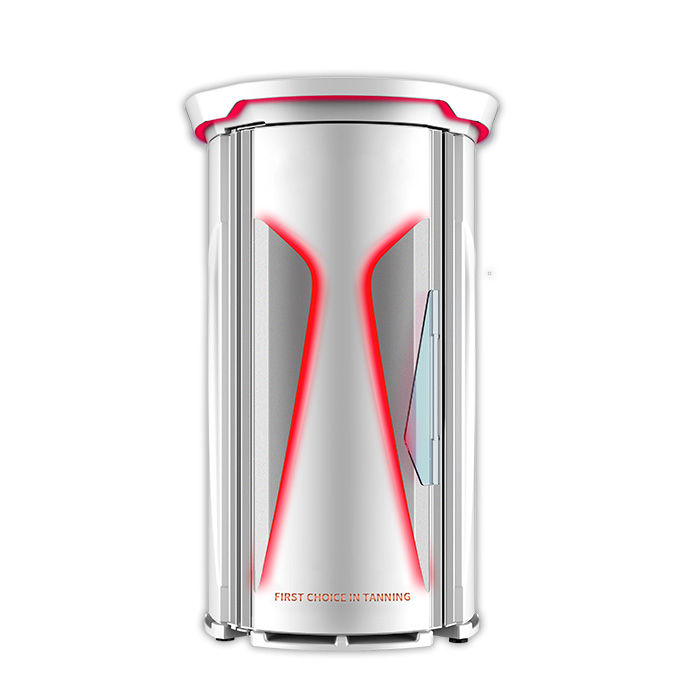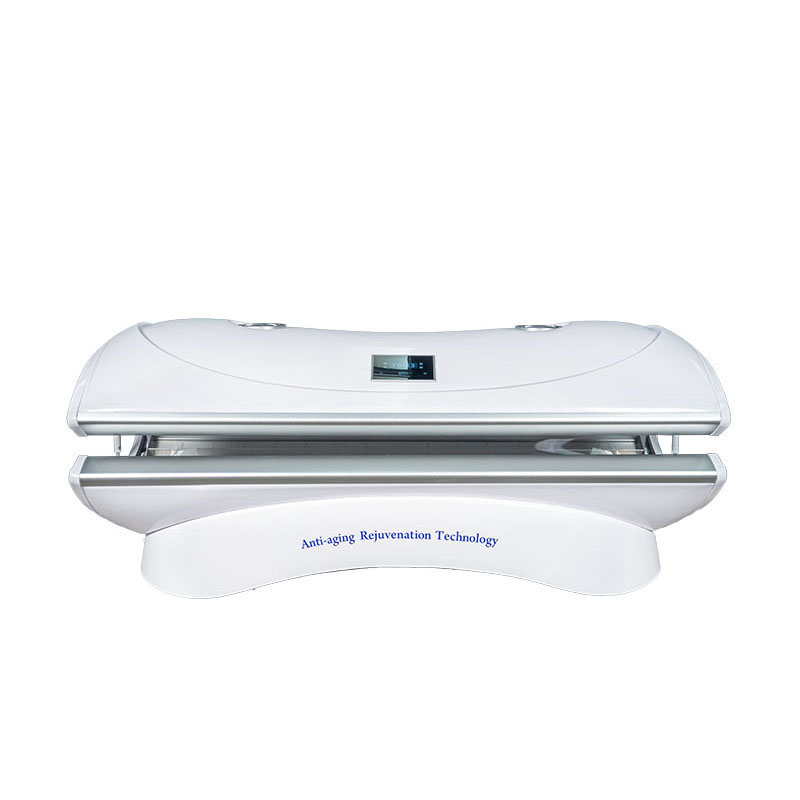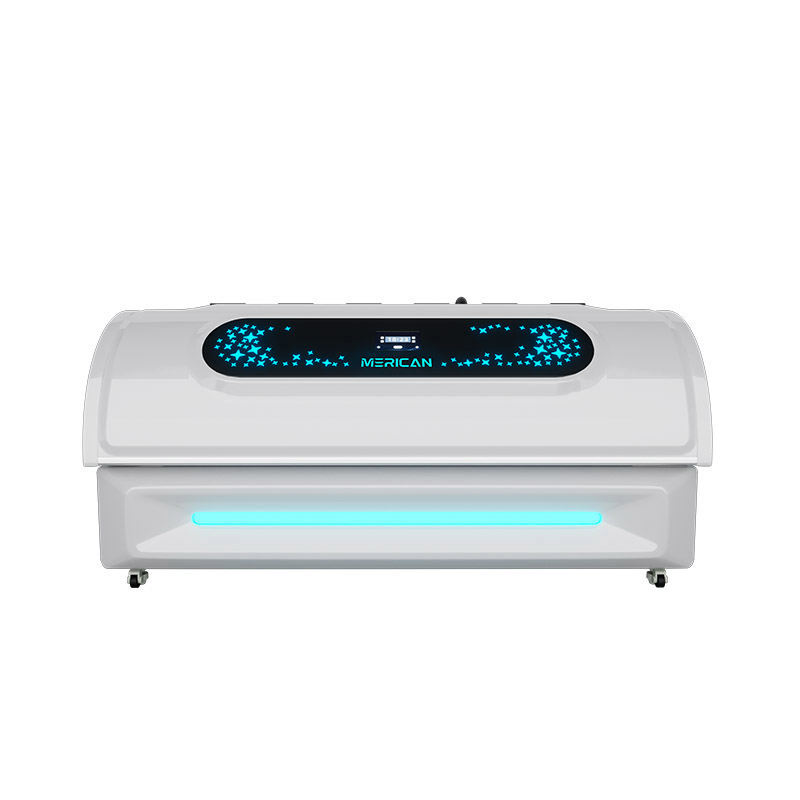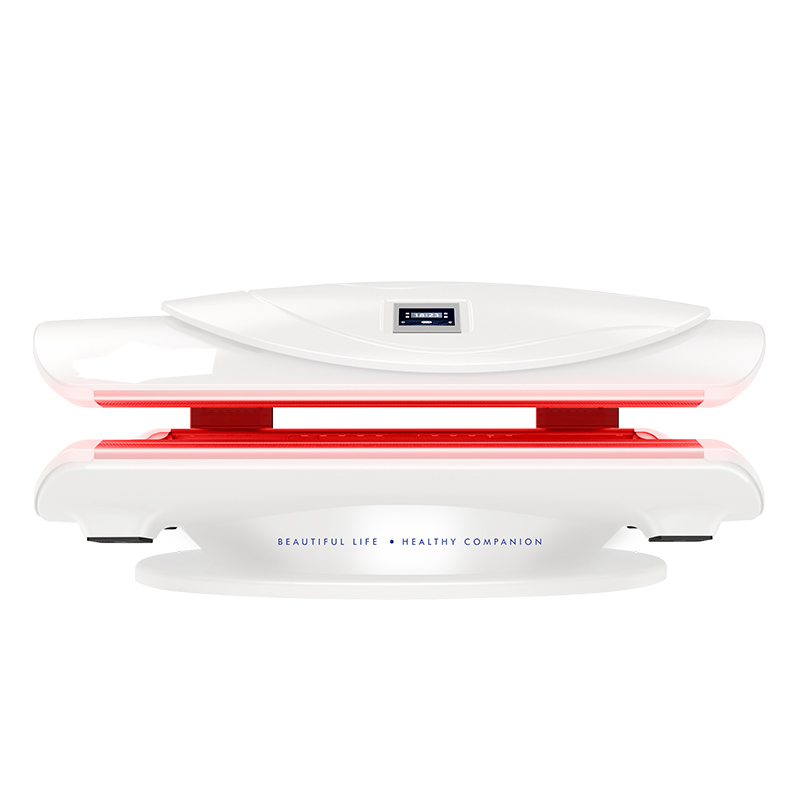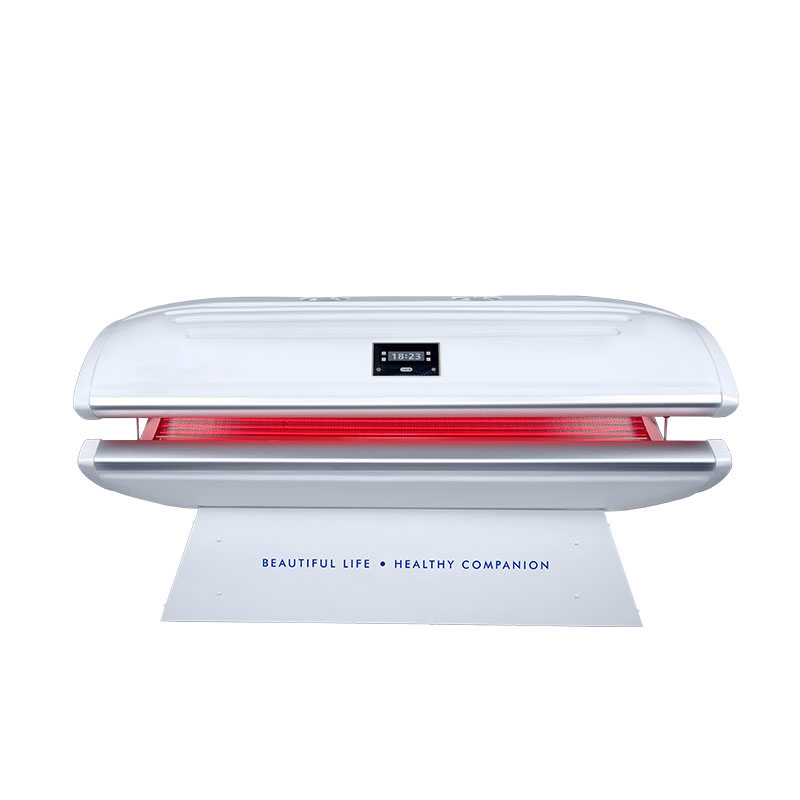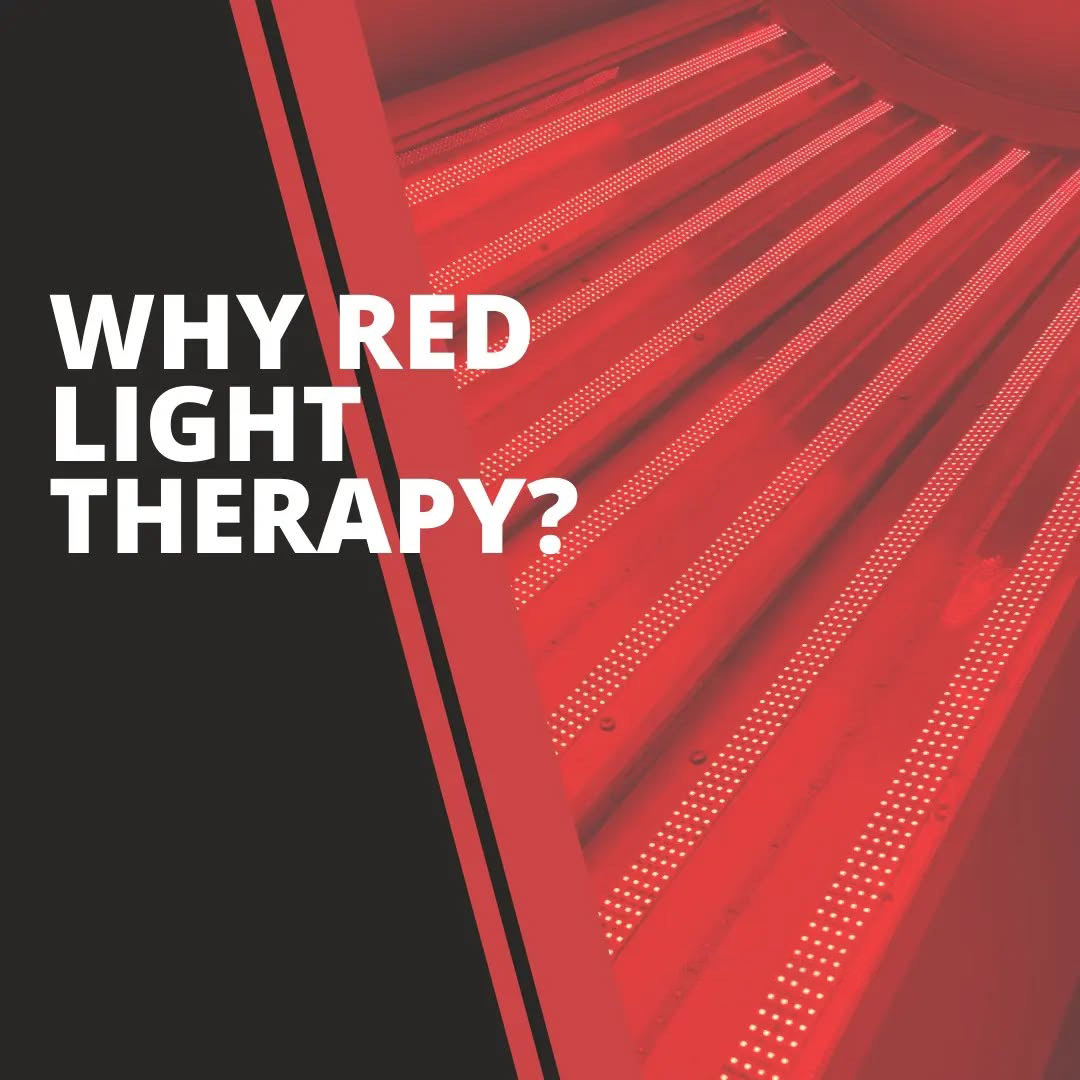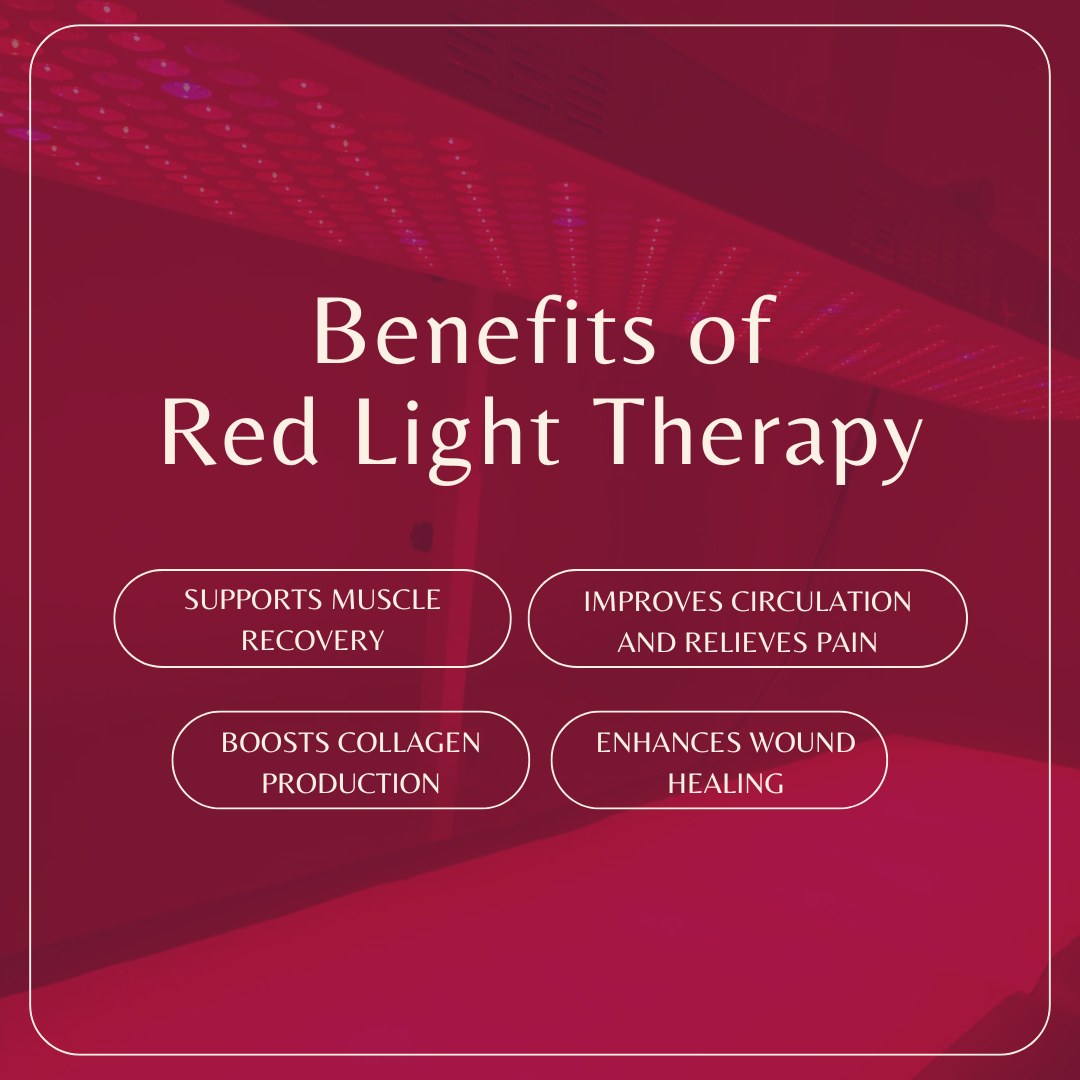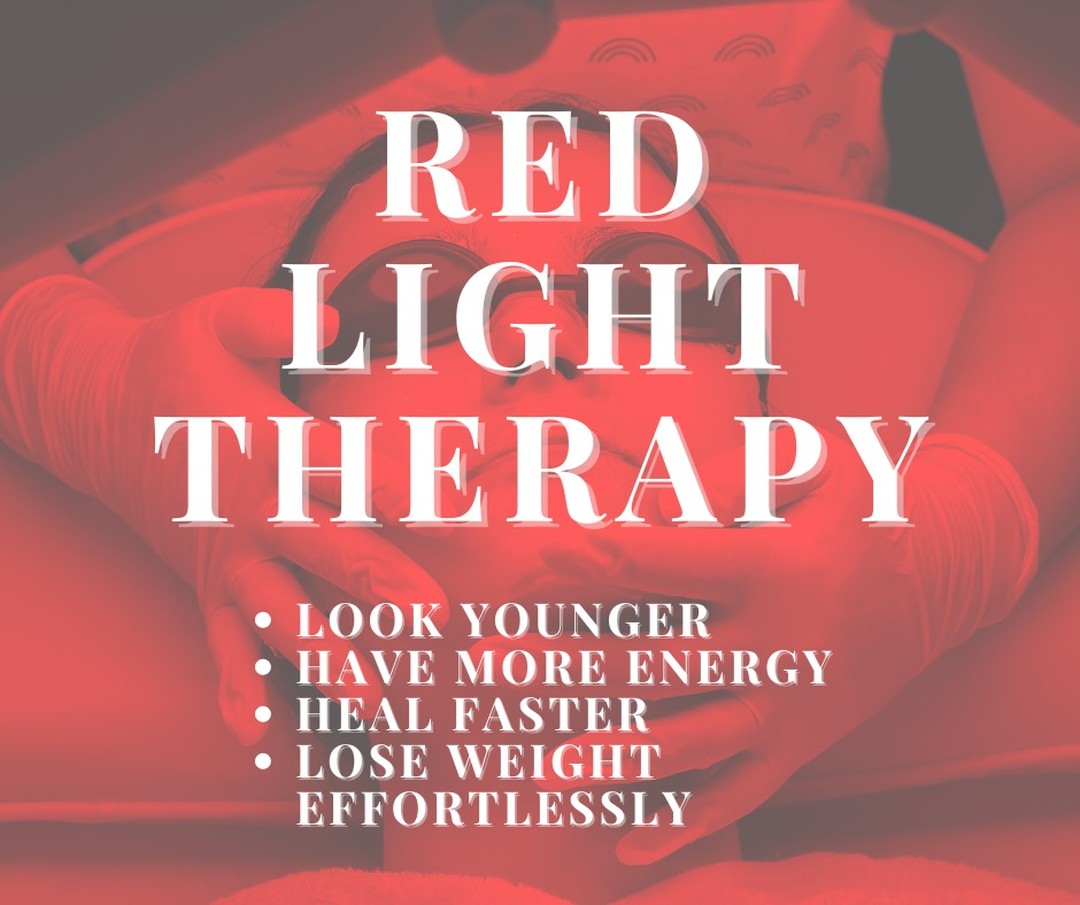Table of Contents
Introduction to Red Light Therapy and Its Effects on the Skin
When considering red light therapy, one of the most common questions people ask is, “Can you get tan from red light therapy?” While the simple answer is no, there is more to explore about how red light therapy interacts with your skin and what benefits you can expect from using it. In this article, we’ll delve into how red light therapy works, why it doesn’t cause tanning, and the key advantages it offers to your skin.
Red light therapy is becoming increasingly popular as a safe, non-invasive way to promote skin health, and it is often used in home devices. At Infraredi, we offer high-quality red light therapy panels that are designed to enhance your skin’s vitality without exposing you to the harmful risks associated with UV light. In this article, we’ll explain the science behind red light therapy and why it doesn’t result in a tan, as well as the positive outcomes you can expect from regular treatments.
Can You Tan from Red Light Therapy?
To get straight to the point: no, red light therapy will not tan your skin. While red light therapy offers a variety of benefits, including treatments for conditions such as cancer recovery and osteoporosis management, tanning is not one of them.
This is because red light therapy operates at wavelengths that are significantly different from the UV light used in traditional tanning methods. UV light, which is commonly used in tanning beds, works by stimulating melanin production in the skin, resulting in a darker skin tone. Red light therapy, on the other hand, uses wavelengths from the red to near-infrared spectrum, which affects the skin in a completely different way.
When we discuss red light therapy, it’s important to note that it does not produce UV rays. UV exposure is what triggers your skin to produce melanin, the pigment responsible for darkening the skin. Red light therapy works within a different spectrum and promotes skin health and healing but does not affect melanin levels.
Why Doesn’t Red Light Therapy Tan Your Skin?
Red light therapy typically uses wavelengths between 630 to 850 nanometers, which are highly effective for enhancing skin health. However, these wavelengths do not trigger tanning for several reasons:
- No UV Rays: Tanning occurs as a result of skin exposure to UV rays, which stimulate melanin production. Red light therapy does not emit UV rays, meaning it cannot initiate the process of melanin production that leads to a tan.
- Skin Rejuvenation: Instead of promoting skin darkening, red light therapy works by stimulating skin cells to produce collagen, improve circulation, and accelerate the healing process. These benefits are focused on making the skin healthier, smoother, and more vibrant—without darkening it.
- Different Wavelengths, Different Effects: The red and near-infrared wavelengths used in red light therapy penetrate the skin to promote cellular repair and regeneration. This helps reduce inflammation, improve skin tone, and even speed up the healing of wounds. However, these effects are unrelated to skin pigmentation changes like tanning.
What About the Glow?
You may have heard people mention that red light therapy gives their skin a healthy “glow” or makes it look more radiant. This is a common observation, and it’s accurate. Many people who use red light therapy, especially when combined with treatments like tretinoin, notice a significant improvement in their skin’s appearance.
- Enhanced Circulation: Red light therapy improves blood circulation, which helps deliver more oxygen and nutrients to your skin cells. This increased circulation boosts skin vibrancy, giving you a radiant complexion that might be mistakenly perceived as a tan. This glow is a sign of healthy, nourished skin rather than a change in pigmentation.
- Oxygenation: Red light therapy not only improves circulation but also enhances the oxygenation of skin cells, making the skin appear more youthful and energized. This results in a healthy glow that is especially noticeable in those with dull or tired-looking skin.
- A Golden Hue, Not a Tan: While the skin may appear more vibrant or have a subtle golden hue, it’s crucial to understand that this is not a tan in the traditional sense. The “glow” is a reflection of improved skin health and vitality, not an increase in melanin production.
Conclusion
In summary, while red light therapy does not give you a tan, it provides a wide range of benefits for skin health. These include a healthy, radiant glow, improved circulation, and overall skin rejuvenation. Red light therapy helps your skin look more youthful and vibrant without the risks associated with UV exposure, making it a great alternative for those looking to enhance their skin’s appearance without tanning.
If you’re seeking a solution for glowing, healthy skin, red light therapy is an excellent treatment to consider. It’s non-invasive, effective, and safe for daily use, making it an ideal addition to your skincare routine.
Explore our range of at-home red light therapy devices at Infraredi, and experience the benefits of healthier, more vibrant skin from the comfort of your own home.
Frequently Asked Questions (FAQs)
1. Can red light therapy give you a tan?
No, red light therapy cannot tan your skin. It operates on a different wavelength than UV light and does not trigger melanin production, which is responsible for tanning.
2. How long should I use red light therapy for the best results?
Each session typically lasts between 10 to 20 minutes. Regular use, around 3 to 4 times a week, is recommended for optimal results. Overuse is unnecessary and can lead to diminishing returns.
3. Is red light therapy safe for all skin types?
Yes, red light therapy is safe for all skin types. It is non-invasive and does not cause skin damage or irritation, making it suitable for most individuals. However, if you have sensitive skin or specific skin conditions, it’s best to consult a healthcare provider before starting treatment.

